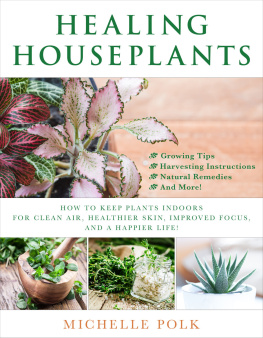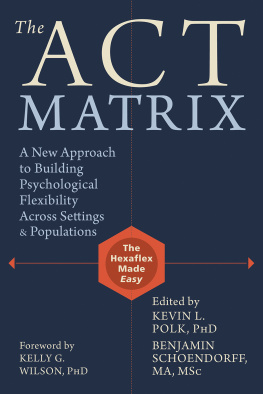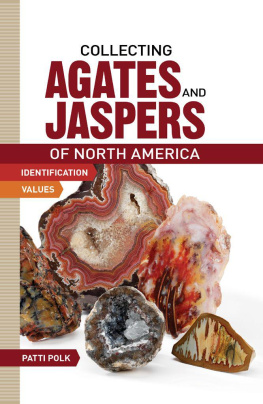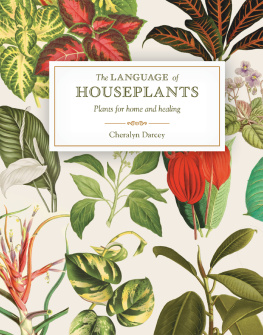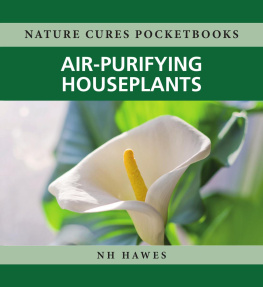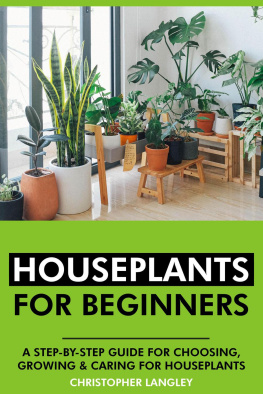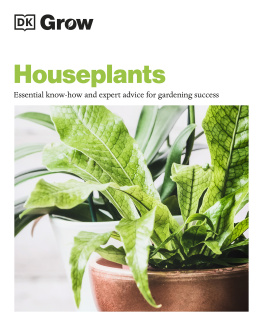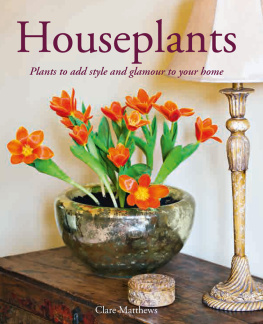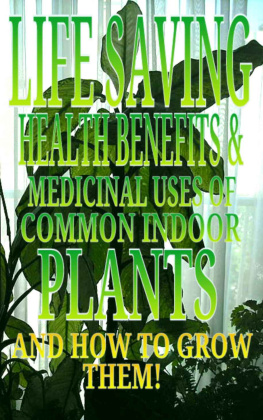Copyright 2018 by Michelle Polk
All rights reserved. No part of this book may be reproduced in any manner without the express written consent of the publisher, except in the case of brief excerpts in critical reviews or articles. All inquiries should be addressed to Skyhorse Publishing, 307 West 36th Street, 11th Floor, New York, NY 10018.
Skyhorse Publishing books may be purchased in bulk at special discounts for sales promotion, corporate gifts, fund-raising, or educational purposes. Special editions can also be created to specifications. For details, contact the Special Sales Department, Skyhorse Publishing, 307 West 36th Street, 11th Floor, New York, NY 10018 or .
Skyhorse and Skyhorse Publishing are registered trademarks of Skyhorse Publishing, Inc., a Delaware corporation.
Visit our website at www.skyhorsepublishing.com.
10 9 8 7 6 5 4 3 2 1
Library of Congress Cataloging-in-Publication Data is available on file.
Cover design by Mona Lin
Cover image courtesy of iStock.com
Print ISBN: 978-1-51073-132-5
Ebook ISBN: 978-1-51073-133-2
Printed in China

Contents

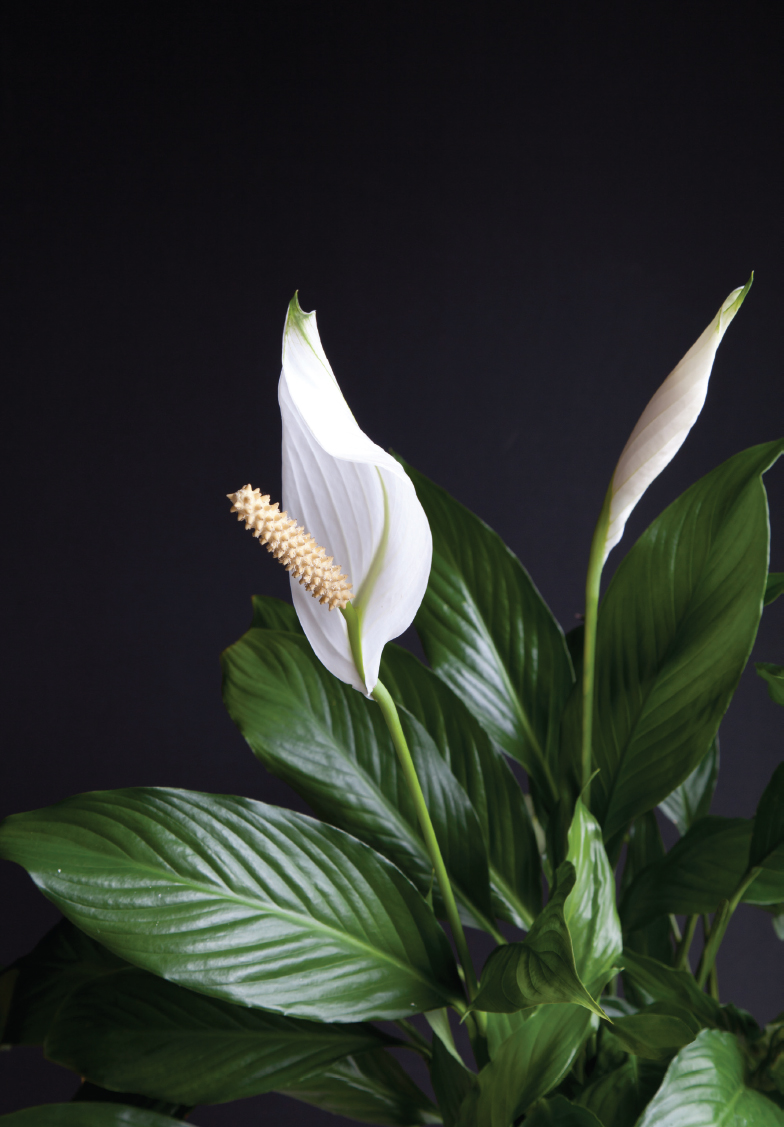
Preface
Herbs and plants are some of the most amazing inhabitants of our planet; beautiful, complicated, mysterious, and extremely beneficial to humans, plants also keep us alive. And while this book is dedicated to the immense healing benefits of plants for our health and well-being, I would be remiss to say they were all beneficial and safe.
Plants have evolved with self-defense mechanisms, many of which can be turned into healing properties for humans, saving us from infections, chronic illnesses, cancers, and more. However, that is not to say that all plants are harmless bystanders, growing in dirt, just waiting to help us heal.
Many plants are extremely dangerous, not only to humans but to our pets as well, posing immense threats and danger if consumed, ingested, or even simply exposed to our skin. Just think of poison ivy. While its not life-threatening, no one wishes to be scathed by this annoying plant.
You might be nodding in agreement with these statements, but many people dont realize how dangerous some innocent-seeming herbs can be to a certain percentage of the population. Plants like lavender, rosemary, mint, or aloe can be dangerous if given to the right person at the wrong time, or while they are taking the wrong medication.
I strongly urge you to consult your doctor or health care practitioner before consuming herbs or plants, especially if youre taking certain medications. The pharmaceutical cocktails many people are currently on can make you more susceptible to reactions from plants and herbs, and you can never be too safe. While growing lavender in your home is perfectly innocuous, dont be the one person who is sent to the hospital due to an interaction with a drug or prescription medication.
Even the most innocent plants are deadly at the right doses. So do yourself a favor and do your homework.
Outlined in the chapters to follow is a section dedicated to warnings, precautions, and possible interactions with drugs. Some of the information may seem scary, where everything may appear deadly. However, even water, at the right dose, is deadly, so dont be fearful when you see warnings for even the most innocuous-seeming plants, like mint. Just be cautious.
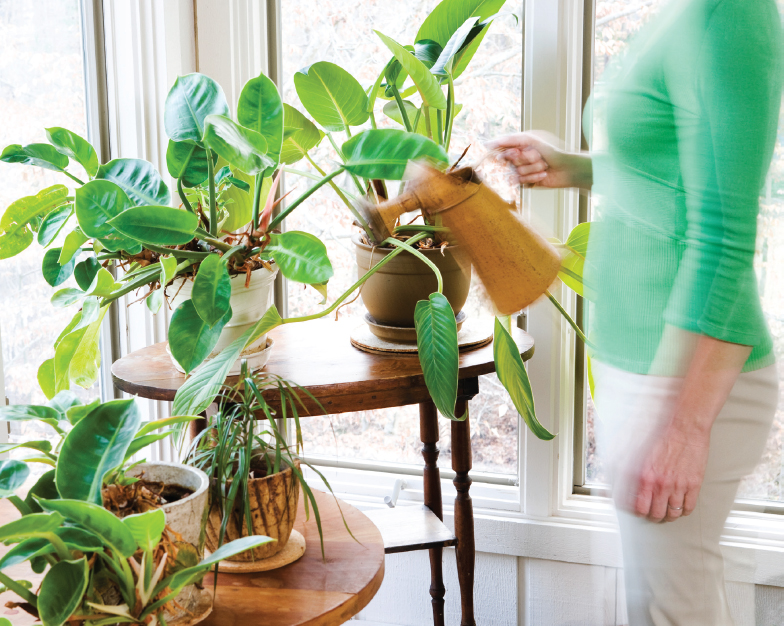
Introduction
I grew up in a home surrounded by plants; green leaves were as much a fixture of the decor as the painted walls. Ferns would drape their long fronds over furniture, lemon trees made a point of confusing my little mind as they thrived in the Chicago winter months, and jade plants would regenerate their thick green leaves into offspring on every nook and cranny in every room in the house.
My mother has what you would call a green thumb. Her gardening skills flourished in our house and backyard, creating an ambiance resembling sunny Miami rather than frigid Chicago. My moms mantra in the summers was, Please, take more tomatoes, Ive grown way too many! Our backyard resembled a jungle rather than a suburban patio, and we got to enjoy every bright hydrangea, juicy tomato, colorful tulip, and spicy pepper she cultivated.
So it came as quite a surprise when I killed my first dozen plants after leaving for college. There must be something wrong , I thought. I was the daughter of the best gardener I knew. I must have picked up some knowledge throughout the years, or at least have some sort of innate green thumb waiting to sprout up, right? I never imagined how truly horrible a gardener I could be. I killed more plants in the next few years than I could count. I overwatered, undernourished, overfed, underwatered, and burned dozens of plants. And these incidents didnt include the carnage caused by my cat.
I became so inept at caring for plants that I thought I was cursed. It came to the point where my mom stopped gifting me her extra jade plants and solely handed them out to my brotherthats some real plant shame.
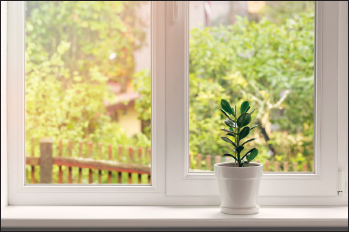
Fast forward several years, and I became fascinated with health, nutrition, and herbs. I was obsessed with nature and its ability to create seemingly perfect medicinals. Plants werent just pretty to look at, plants helped heal the human body! This realization prompted me to enroll in a masters program in acupuncture and herbalism. I studied traditional Chinese medicine for four years, learning about more than four hundred types of plants and hundreds of herbal formulasand how to identify, categorize, utilize, and heal with herbs.
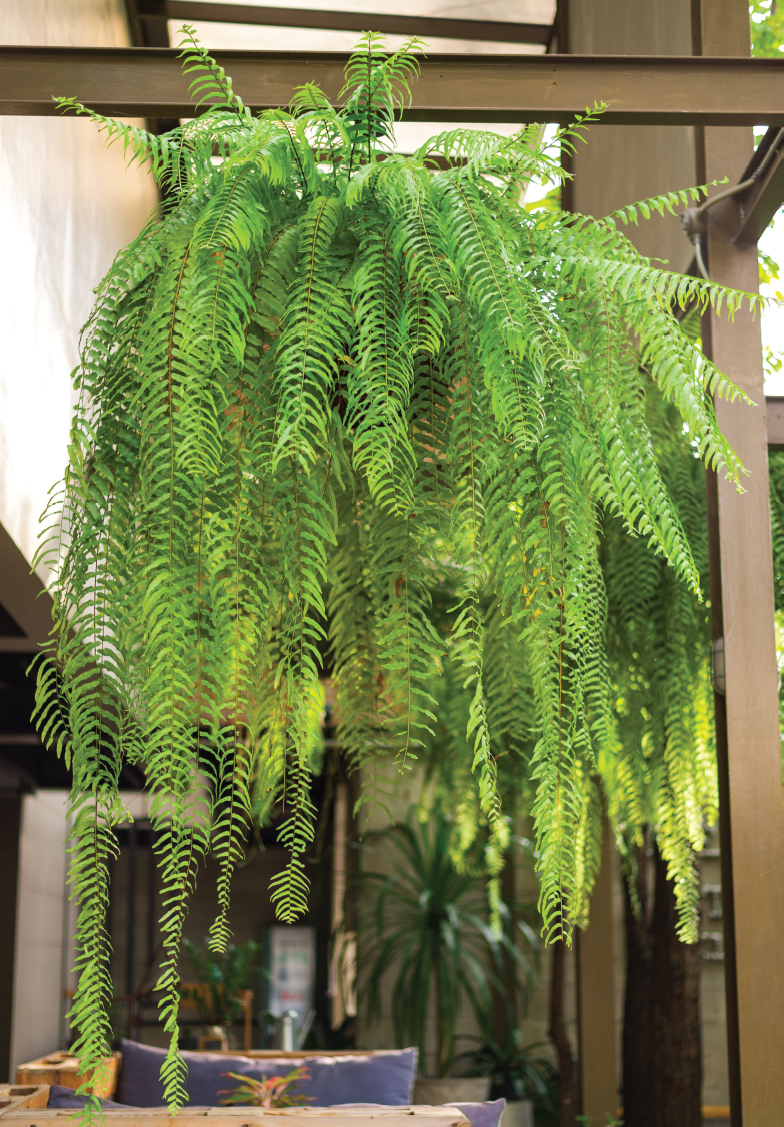
It was my herbal education that really propelled me out of my plant-killing rut. I decided that if I wanted to be a true herbalist, one who utilized the plants I grew for medicinal purposes, I needed to learn how to grow them and keep them alive. It seemed like an unattainable task: How many times could I fail before I succeeded? The answer? A ton.
I read every book on gardening I could get my hands on, devoured every blog post, asked every person who kept a plant alive for more than three months for advice, and got back into the gardening game. I went to the nurseries and plant stores, bought myself the easiest plants to grow, and the learning began. For the first time ever I was keeping my plants alive, and, dare I say, they were thriving! I think I could say I got my gardening groove back, but to be honest I never had a gardening groove to begin with.
My herbal knowledge had somehow ignited my innate gardening abilities. They were hidden deep inside my failed gardener exterior, and I was becoming skilled. I started accumulating more plants, and utilizing them for medicinal purposes. My aloe plant wasnt just a fixture on my windowsill, it was my ointment for scrapes, bruises, and sunburns. My chamomile wasnt just a pretty display of white flowers and sweet-smelling aromas, it was my cure for restless sleep and anxiety. The purple lavender sitting on my kitchen table wasnt just an added sprig of color, it was my stress relief medicinal.

